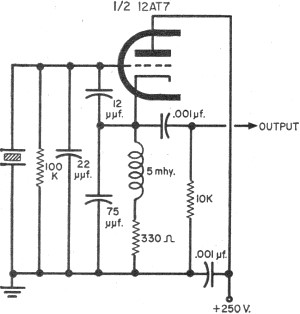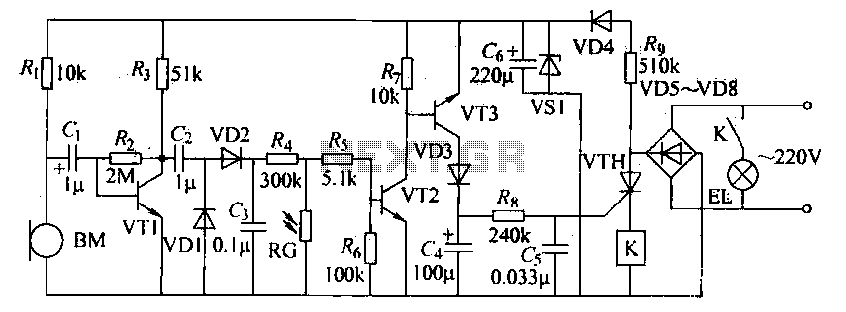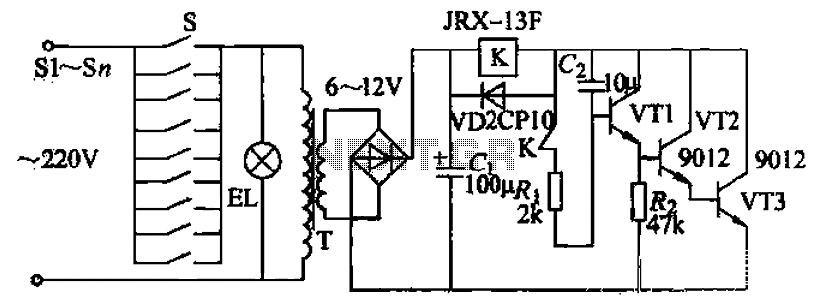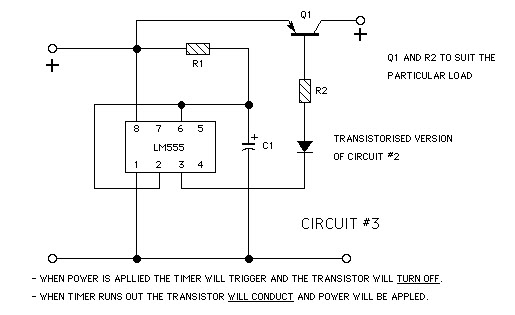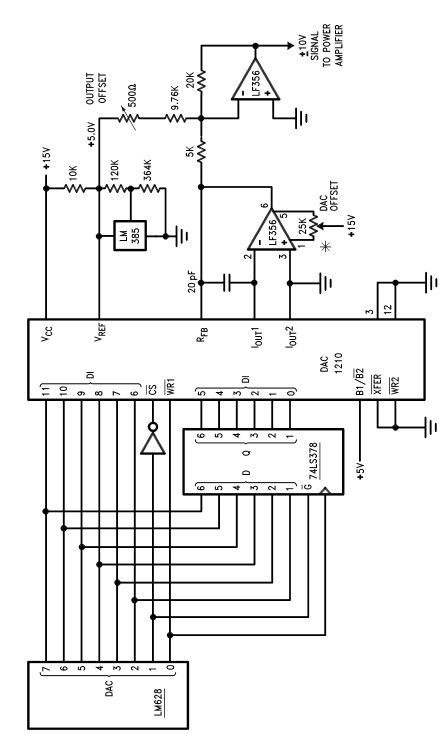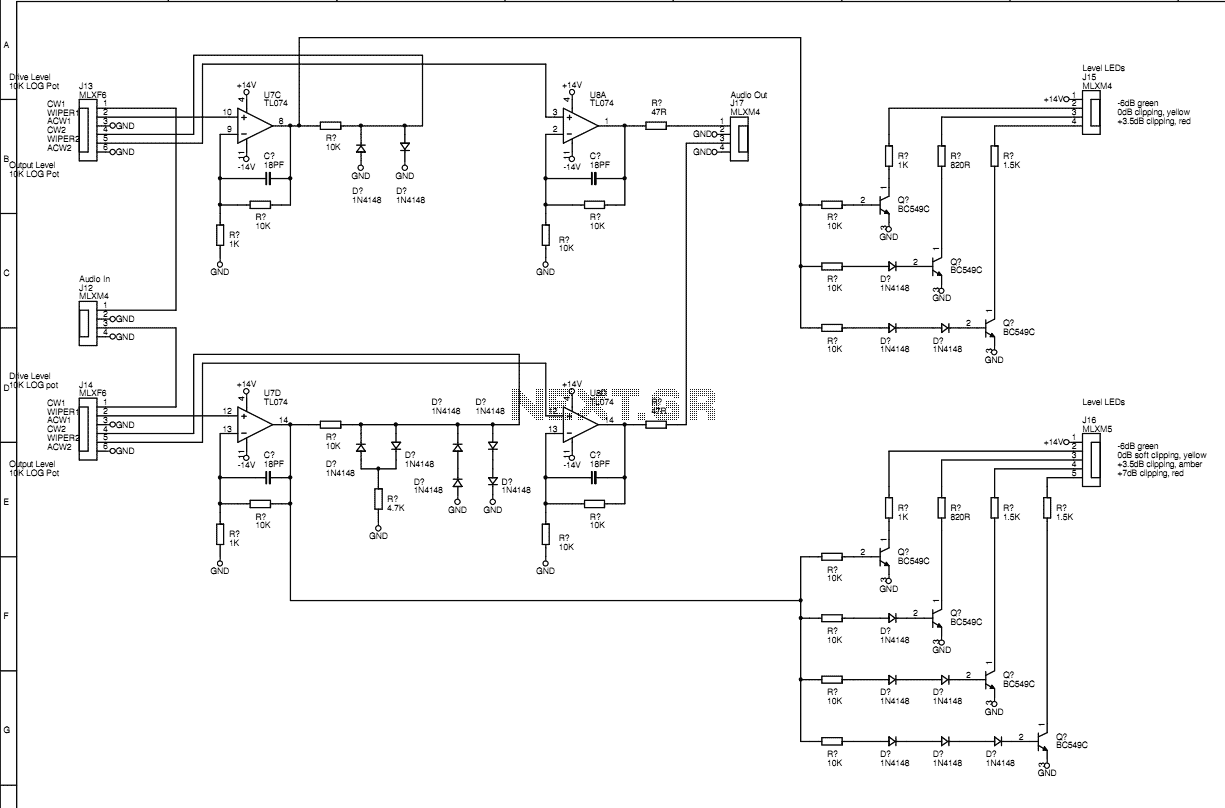
Safety Circuit Circuit

Due to the limited hold-on time of the delay circuits R1/C1 and R2/C2, both switches S1 and S2 must be activated simultaneously to energize the load.
The circuit in question involves a delay mechanism governed by the time constants associated with the resistors and capacitors, specifically R1/C1 and R2/C2. The finite hold-on time implies that once the switches S1 and S2 are pressed, the circuit will only maintain the power to the load for a limited duration, dictated by the RC time constants.
In practical terms, R1 and C1 form a delay circuit that controls the first part of the system, while R2 and C2 manage the second part. The simultaneous activation of S1 and S2 ensures that both delay circuits are engaged, allowing the load to receive power effectively. If either switch is activated independently, the load will not receive the necessary power, potentially leading to system failure or undesired behavior.
To design this circuit effectively, it is essential to calculate the appropriate values for the resistors and capacitors to achieve the desired hold-on time. The time constant (τ) for each RC circuit is calculated using the formula τ = R × C, where R is the resistance in ohms and C is the capacitance in farads. By selecting suitable values for R1, C1, R2, and C2, the circuit can be tailored to meet specific operational requirements.
Additionally, considerations should be made regarding the switch ratings, as S1 and S2 must be capable of handling the load current without failure. The overall design should also include protection mechanisms, such as diodes for flyback protection if inductive loads are involved, to safeguard the circuit against voltage spikes that could occur during switching.
In summary, this circuit's functionality hinges on the precise coordination of the delay circuits and the simultaneous activation of the switches, ensuring reliable power delivery to the load within the specified time constraints. Because of the finite hold-on time of delay circuits Rl/Cl and R2/C2, both SI and S2 must be pressed at the same time to power up the load.
The circuit in question involves a delay mechanism governed by the time constants associated with the resistors and capacitors, specifically R1/C1 and R2/C2. The finite hold-on time implies that once the switches S1 and S2 are pressed, the circuit will only maintain the power to the load for a limited duration, dictated by the RC time constants.
In practical terms, R1 and C1 form a delay circuit that controls the first part of the system, while R2 and C2 manage the second part. The simultaneous activation of S1 and S2 ensures that both delay circuits are engaged, allowing the load to receive power effectively. If either switch is activated independently, the load will not receive the necessary power, potentially leading to system failure or undesired behavior.
To design this circuit effectively, it is essential to calculate the appropriate values for the resistors and capacitors to achieve the desired hold-on time. The time constant (τ) for each RC circuit is calculated using the formula τ = R × C, where R is the resistance in ohms and C is the capacitance in farads. By selecting suitable values for R1, C1, R2, and C2, the circuit can be tailored to meet specific operational requirements.
Additionally, considerations should be made regarding the switch ratings, as S1 and S2 must be capable of handling the load current without failure. The overall design should also include protection mechanisms, such as diodes for flyback protection if inductive loads are involved, to safeguard the circuit against voltage spikes that could occur during switching.
In summary, this circuit's functionality hinges on the precise coordination of the delay circuits and the simultaneous activation of the switches, ensuring reliable power delivery to the load within the specified time constraints. Because of the finite hold-on time of delay circuits Rl/Cl and R2/C2, both SI and S2 must be pressed at the same time to power up the load.
